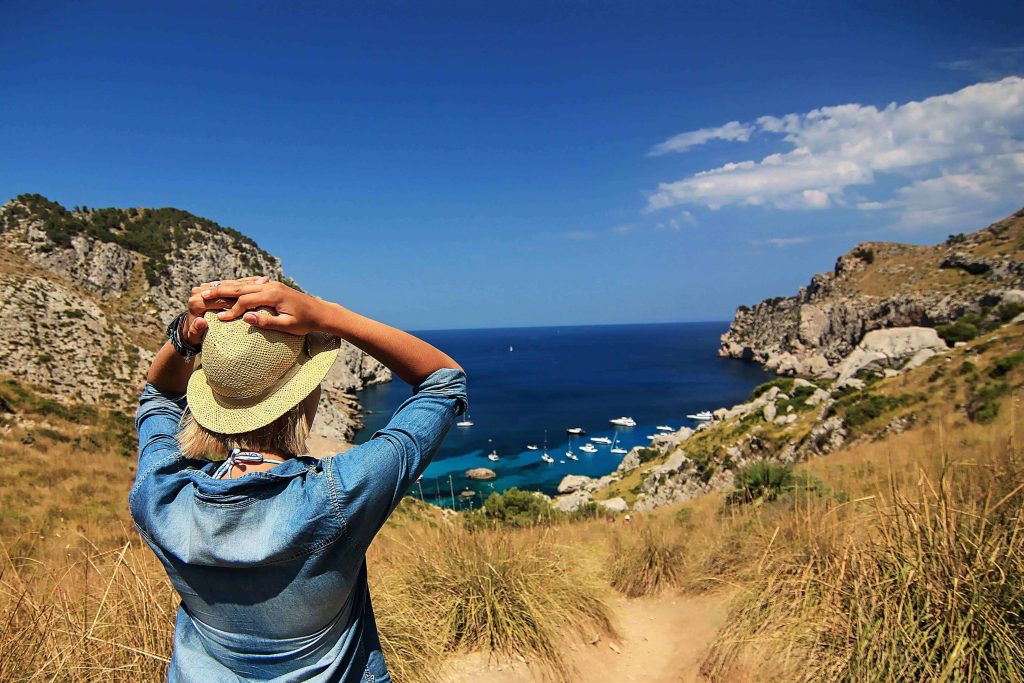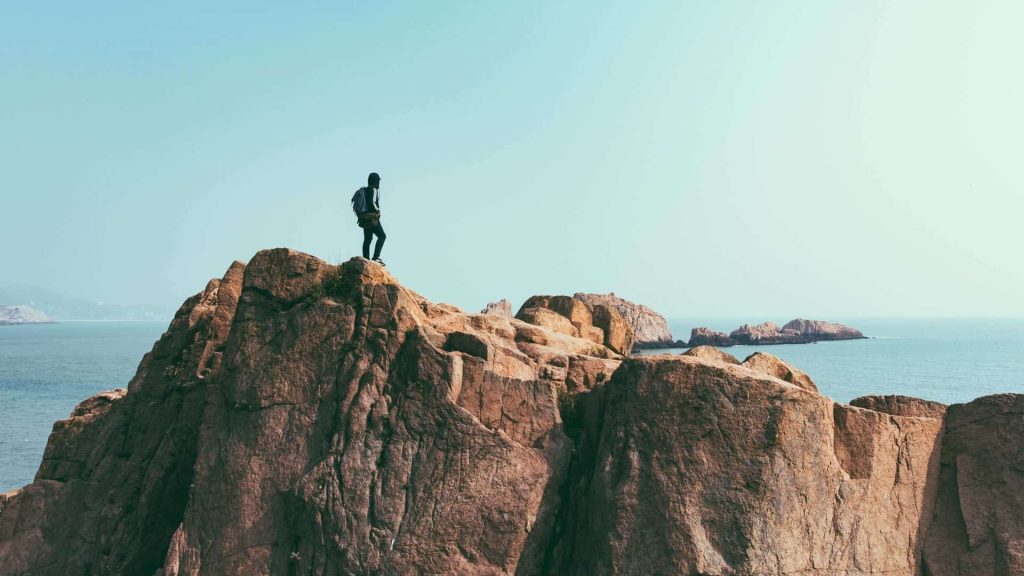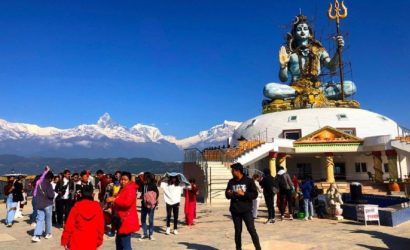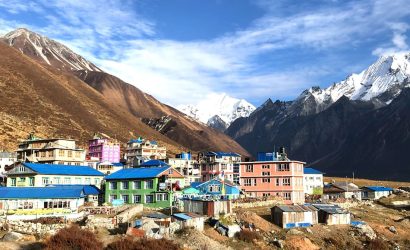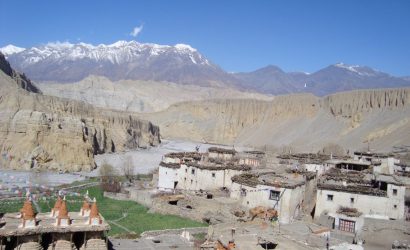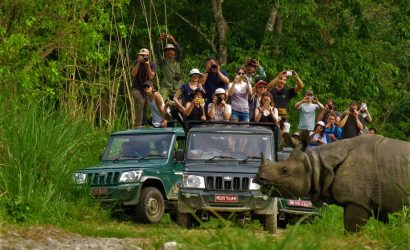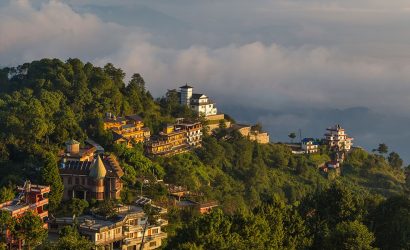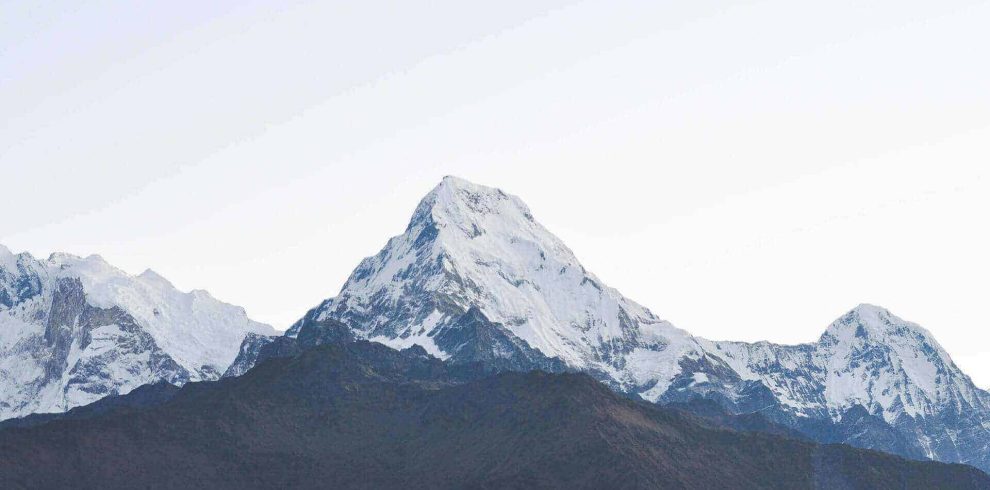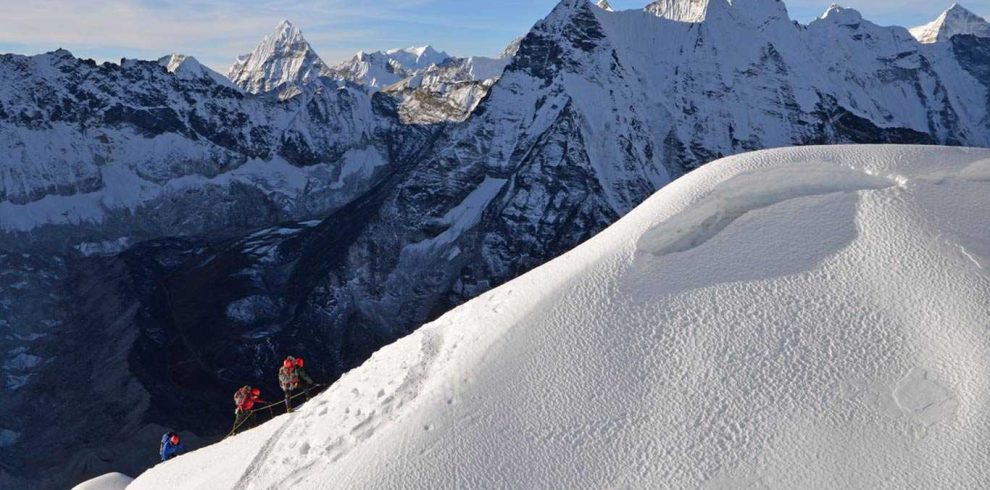Mera Peak Climbing takes us to the summit of Mera Peak (6,461m/21,190ft) which is the highest trekking peak in Nepal. The best time to climb Mera Peak is during the spring and autumn seasons as it’s the best time for its astonishing views of the Himalayan Vista. Five 8,000m peaks are visible from the summit including Everest, Lhotse, Cho Oyu, Makalu, and Kanchenjunga.
We begin by sightseeing the UNESCO World Heritage Sites of Kathmandu such as the Pashupatinath Temple, Boudhanath Stupa, Kathmandu Durbar Square, and Swayambhunath Stupa. Our climbing journey begins with a scenic flight to Lukla and heads towards Chhuthang, east of Lukla – through the forest.
The next few days we head to Thuli Kharka followed by Kothe and Thangnak. Then after crossing several suspension bridges, we reach Khare, acclimatizing in between and preparing our mindset. Next, we head to Mera High Camp and finally attempt the summit of Mera Peak and return back.
Overview
- The summit of the highest trekking peak in Nepal, Mera Peak at 6476 meters.
- Captivating views of the eight-thousanders such as Mt. Everest (8,848 meters), Mt. Lhotse (8516 meters), and Mt. Cho Oyu (8,188 meters) along with many other smaller ones.
- Experience walking through the Himalayan wilderness and high passes
- Mountainous views across ancient monasteries, temples, and beautiful lakes
- The unique Sherpa culture, tradition, lifestyle, and hospitality
- Beautiful Sherpa settlements, Tibetan-Buddhism Monasteries, Chortens, and Mani Walls


